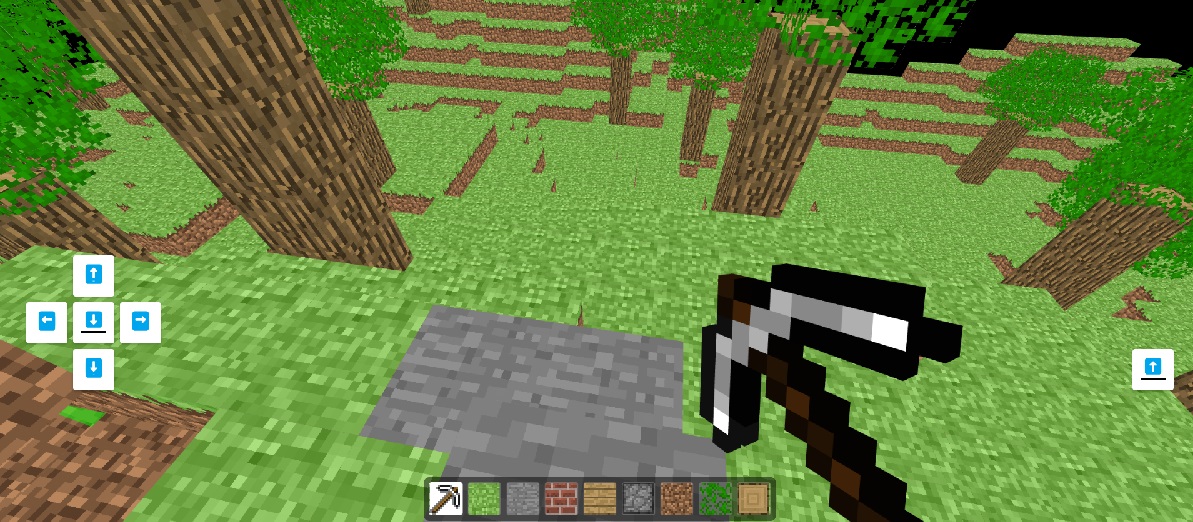Author: Ryan Schlomer
-
Can ChatGPT Create a Minecraft Web Application?

I had a thought one day: Can ChatGPT be used to code a Minecraft web application? My primary goal with this was to see how well ChatGPT could be used to code a large, complex application when I didn’t have the experience to do it myself. I am a software tester and not a developer.… Read more
-
Practical ChatGPT Uses for Testers

I wrote a few blog posts on using AI for testing purposes. I wanted to continue giving other practical ChatGPT uses for testers. Let’s look at updating test files and creating data in a database. Updating Files At a previous company, a coworker had to update thousands of XML files because our test data changed.… Read more
-
Software Quality is not Only About Finding Bugs

I contribute to LinkedIn’s collaborative articles and was reading one on testing sorting algorithms. There were many entries for the article on how sorting should be tested. Many testers assume that their development team needs to write custom sorting logic. Unfortunately, there are many developers who feel the same way and write code to implement… Read more
-
Using Test Harnesses for More Efficient Testing

A test harness is an API that simulates the behavior of a real API or web service, providing predefined responses (AKA canned data) to the calling application. Using test harnesses is particularly useful in testing scenarios where the actual web service or API is not available, unreliable for testing purposes, or when you want to… Read more
-
The Role of Testers in Security Testing

When it comes to security testing, I have seen many testers attempt to perform security tests like SQL Injection, Cross-Site Scripting, File Upload Vulnerabilities, or other advanced security tests. The reality is that most software testers do not have the experience or skills to perform these types of security testing. This includes me. Testers can… Read more
-
Selenium C# Component Class Creator GPT

I played with OpenAI’s custom GPT models and created the Mug Master GPT, which is something simple and entertaining to play with. Now, however, let’s look at creating something useful. How about a GPT that can create C# classes for Selenium automation based on an HTML element from a webpage? This is exactly what my… Read more
-
Custom GPT Models

This doesn’t have anything to do with testing, at least not yet, but OpenAI introduced custom GPT models this past week. Unlike standard pre-trained models provided by OpenAI, which offer a broad range of knowledge and capabilities, custom GPT models can be fine-tuned to understand specific domains or tasks. These specialized models allow for a… Read more
-
Catching Edge Cases

An edge case refers to a problem or situation that occurs only at an extreme (maximum or minimum) operating parameter. In software testing, edge cases are scenarios that arise when a system is pushed to its limits, such as handling the largest or smallest possible inputs, or dealing with unusual or unexpected inputs that fall… Read more
-
Testing for Beginners: Understanding Risk-Based Testing

Welcome back to our “Testing for Beginners” series! Today, we explore the topic of Risk-Based Testing. As testers, our primary role is to lower the risk of software defects. However, testing comes with its own set of risks, including time and resource constraints. Let’s see how we can navigate this landscape. Why Risk-Based Testing? The… Read more
-
Testing for Beginners: Introduction to Software Development Life Cycle (SDLC)

As someone new to the world of software testing, you might be eager to dive right into executing tests or even writing test cases. However, you need to understand the broader context in which these activities occur—the Software Development Life Cycle (SDLC). This post aims to give you a foundational understanding of SDLC and how… Read more
